PRODUCTS
CONTACT US
Ningbo Nide International Co., Ltd.
一一
· Contact person:Jack Zeng
· Mob/Whatspp/WeChat:0086-13738869026
· Email:emarketing@nide-group.com;marketing4@nide-group.com
· Add:No. 169, Wohushan Road, Daqi Subdistrict, Beilun District, Ningbo, China

Nide team could manufacture ball bearing as per customer’s drawing and samples.
If customer only has samples, we could also design drawing fo r our customer.
We also provide customized service.
Our ball bearing is widely applied the different industrials.
Haishu Nide International is a professional ball bearing manufacturer in China, exporting various high-precision bearings to target industries around the world since 2010. The factory is located in Suzhou, with a factory area of 9000 square meters and 102 employees. It mainly produces single machine and fully automatic production lines for BLDC motor winding machine,motor stator,rotor assembly line,motor assembly line and other customized machine tools or production lines.
We has professional technology and rich experience in quality control, customs clearance, commodity inspection, cargo transposition, insurance.We has rich stocks and is able to provide long tern stable supply, including rapid and urgent cargo handing . With companies in Europe, America , Japan and Korea, we are an integrated supplier of bearing, marketing all over the world.
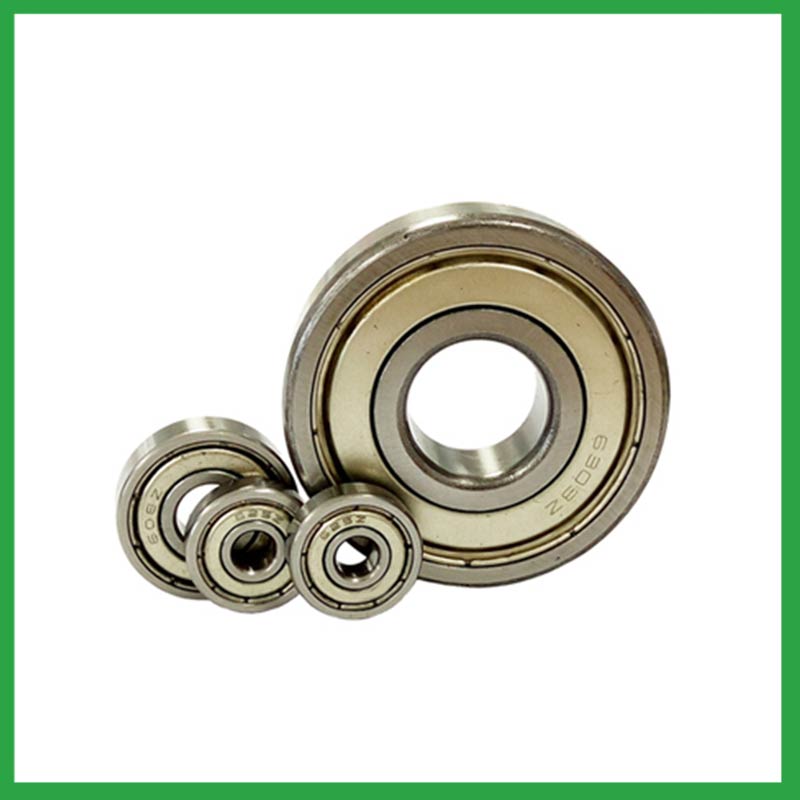
| Parameter | Information |
| Product Name | 125 ball bearing |
| Brand Name | Nide |
| Place of Origin | Ningbo,Zhejiang,China |
| Type | Ball |
| Material | ceramics, etc. |
| Sample | Avaible |
| Warranty | 3months-1year |
| Lubrication | Dry/ Oil |
| Application | various industrial equipment,chemical equipment, etc. |
| Port | Ningbo/Shanghai |
| Size(mm) | customize |
| Export Country | Argentina,Brazil,South Korea,Guernsey,Indonesia,Barbados,Bermuda...etc |
| Export region | Africa,Oceania,America... |
| Certification | ISO 9001 Certification,CE-insulation paper inserting machine,CE-stator coil forming machine,etc |
| Precision Rating | as per customer's requirement |
| Feature | High precision,Strong carrying capacity...etc |
| Packaging Details | Suitable for sea transportation |
| Color | white+customized |
| Seals Type | Rubber seals |
| Service | Prompt Delivery |
| Supply Ability | 100000-500000 Piece/Pieces per Month |
| Lead time (days) | 15-20 (To be negotiated) |
Please note: The above table data is for reference only. For specific information, please contact us.
125 ball bearing can be used in household appliances, such as upper and lower pressure rods,vegetable cutters,refrigerator door leaf wings,barrel machine spindle bearings, etc; It can also be used in industrial fields, such as weaving machine spindle bearings,motors,dishwashers,bearing cabinets, etc.
Before use, the model, size, and design of the ball bearing should be confirmed to ensure suitable application;
During installation, the installation load of the ball bearing should be minimized as much as possible to avoid unnecessary damage;
The bearing shaft and the bearing frame should be stable at the same time to avoid excessive tension.
Ball bearings have many advantages, making them highly competitive in the market.
Firstly, they are very durable and have good wear performance, making their service life longer than many other types of bearings.
Secondly, they are easy to install and can provide low friction performance in various applications.
Thirdly, they require a relatively low level of maintenance, making them cost-effective.
In addition, compared to many other types of bearings, their purchase cost is relatively low, making them an economical choice.




125 ball bearing---FAQs Guide
2.Are there ongoing research and development efforts aimed at improving 125 ball bearing materials, designs, and lubrication techniques?
3.Where can 125 ball bearing be used?
4.What is a ball bearing?
5.How do preloaded 125 ball bearing enhance rigidity and reduce clearance in high-precision applications?
6.How do cage designs affect 125 ball bearing speed and acceleration capabilities in high-speed machinery?
7.Are there specific 125 ball bearing designed for applications in the aerospace and aviation industries, and what standards do they adhere to?
8.Can 125 ball bearing handle shock loads and high-impact conditions in heavy machinery?
9.How do sealed 125 ball bearing prevent the ingress of contaminants and extend the bearing's service life?
10.How do cage materials and designs impact 125 ball bearing performance and stability?
11.How do different 125 ball bearing designs, such as deep groove, angular contact, or thrust bearings, cater to specific applications?
1.Are there miniature 125 ball bearing designed for use in precision instruments and small-scale mechanisms?
Miniature bearings, despite their small size, play a significant role in various industries and applications. These compact powerhouses, typically measuring less than one inch in outer diameter, offer exceptional precision, durability, and reliability. Miniature bearings find extensive use in precision instruments and robotics.
2.Are there ongoing research and development efforts aimed at improving 125 ball bearing materials, designs, and lubrication techniques?
A custom 125 ball bearing can satisfy almost any customer’s needs. Your application may need a needle roller or ball bearing, a radial or angular contact design, a plain carbon steel bearing with anti-corrosion coatings or stainless steel, a thrust bearing or a spherical bearing, tight or loose radial play, sealed or non-sealed designs
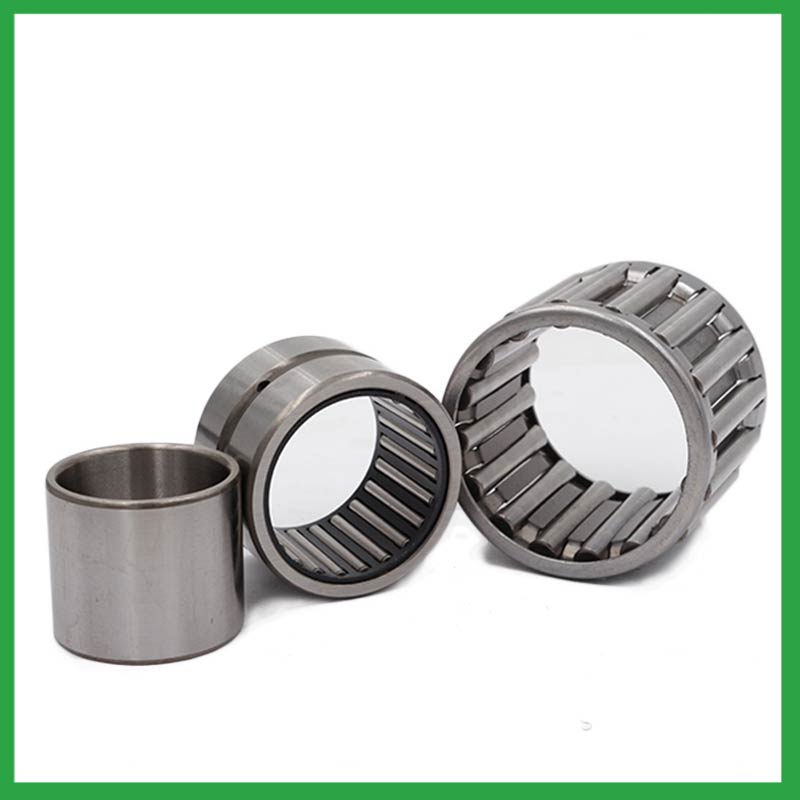
3.Where can 125 ball bearing be used?
125 ball bearing are very versatile. They can be designed to withstand radial loads, axial loads and combined radial/axial loads at various operating speeds. These characteristics, combined with the relative cost and compactness of the design, give it universal appeal within the industry. Ball bearings are widely used in electric motors, gear reducers and pumps. Serving the automotive, home appliances, aerospace, oil and gas drilling, and mining sectors.
4.What is a ball bearing?
A ball bearing is a type of rolling-element bearing that uses balls to maintain the separation between the bearing races.
The purpose of a ball bearing is to reduce rotational friction and support radial and axial loads. It achieves this by using at least two races to contain the balls and transmit the loads through the balls. In most applications, one race is stationary and the other is attached to the rotating assembly (e.g., a hub or shaft). As one of the bearing races rotates it causes the balls to rotate as well. Because the balls are rolling they have a much lower coefficient of friction than if two flat surfaces were sliding against each other.
Ball bearings tend to have lower load capacity for their size than other kinds of rolling-element bearings due to the smaller contact area between the balls and races. However, they can tolerate some misalignment of the inner and outer races.
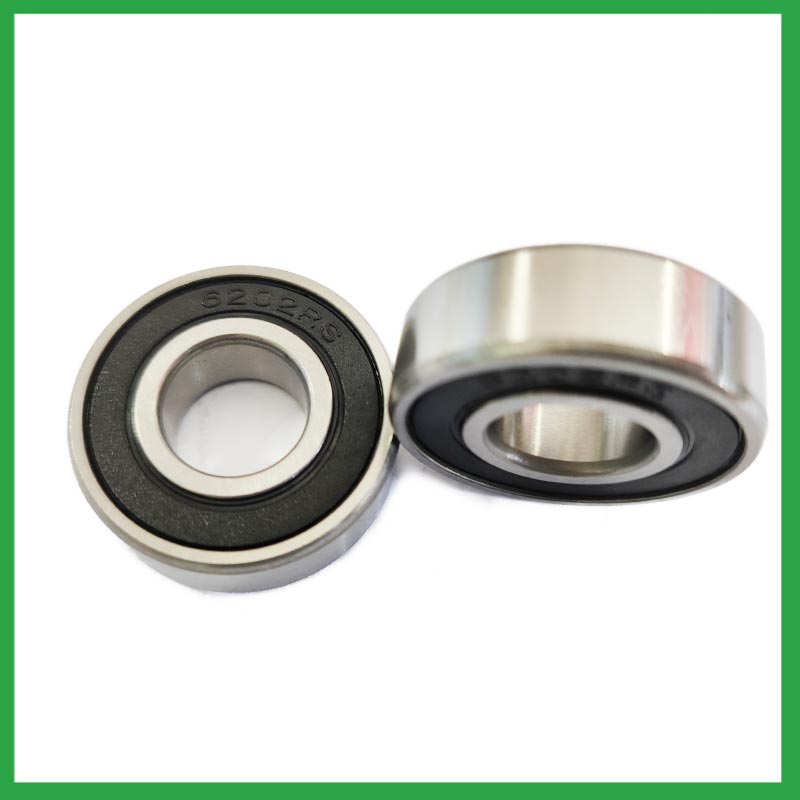
5.How do preloaded 125 ball bearing enhance rigidity and reduce clearance in high-precision applications?
Enhance Rigidity: By applying a controlled axial force, preload increases the bearing's resistance to external forces and moments. This heightened rigidity is essential in applications where any deflection or misalignment must be minimized, such as in machine tools or robotic systems.
6.How do cage designs affect 125 ball bearing speed and acceleration capabilities in high-speed machinery?
In high-speed 125 ball bearing, external load has a great effect on cage stability and sliding ratio, especially for the bearings at work in the starting process. The cage stability is worse in the beginning of the bearing starting process. The axial load greatly influences cage dynamic performance in the bearing starting process.
In addition, while ball bearings worked under steady conditions, axial load and radial load both have a great influence on cage dynamic performance. The effects of axial load on cage dynamic performance during the bearing starting process are opposite from the effects under steady conditions.
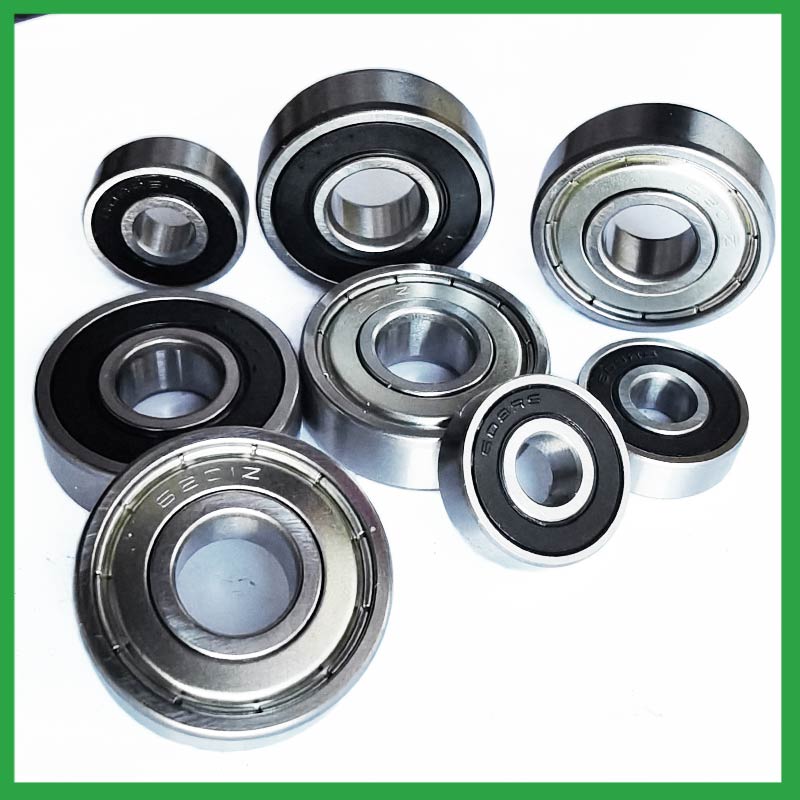
7.Are there specific 125 ball bearing designed for applications in the aerospace and aviation industries, and what standards do they adhere to?
Airframe control 125 ball bearing are specialized bearings tailored for aircraft structures, particularly control systems and surfaces. Designed for low-speed oscillatory applications, they offer precision and support, effectively managing misalignments and flight-induced stresses.
Airframe Control bearings are lightweight, corrosion-resistant, grease-lubricated, and are sealed on most occasions. They come in precision grades for running accuracy.
8.Can 125 ball bearing handle shock loads and high-impact conditions in heavy machinery?
As a general rule, 125 ball bearing are used at higher speeds and lighter loads than are roller bearings. Roller bearings perform better under shock and impact loading. Ball bearings tolerate misalignment better than roller bearings do. Roller bearings can handle heavy combined radial and thrust loads.
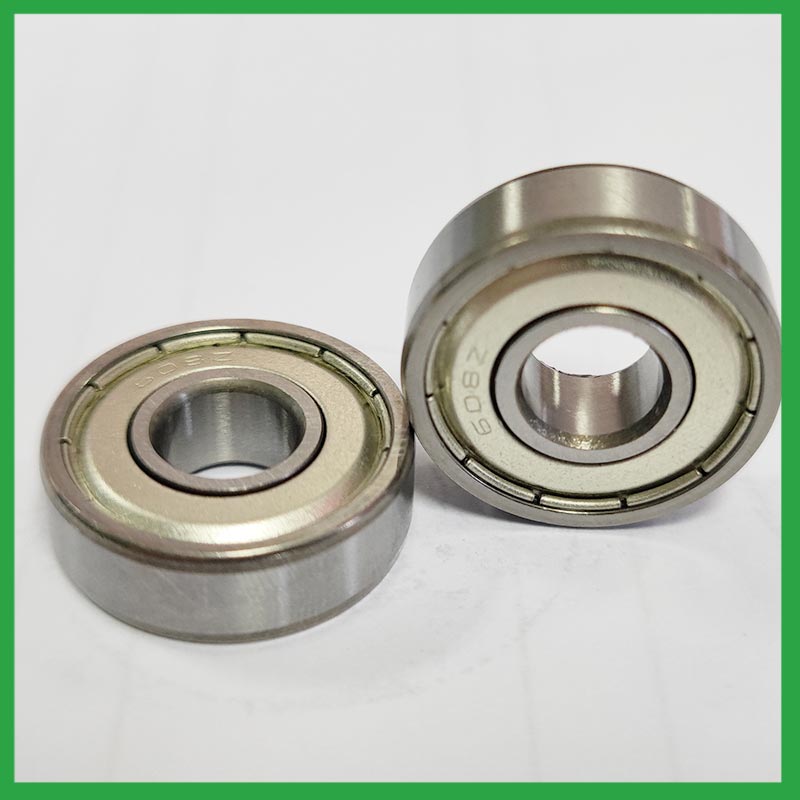
9.How do sealed 125 ball bearing prevent the ingress of contaminants and extend the bearing's service life?
Contact seals are a type of seal where the sealing lip physically touches the inner raceway of the 125 ball bearing. They create a narrow line or zone of contact that forms a barrier to prevent the escape of lubricants and the ingress of contaminants. Because the seal keeps dirt and other contaminants out, it can offer a longer operating life of the bearing or prevent premature bearing failure. Sealed bearings can be considered lubricated for life, which eliminates the need for a relubrication process.
10.How do cage materials and designs impact 125 ball bearing performance and stability?
As the core component of rotating machinery, the performance and reliability of high-precision 125 ball bearing directly affect the overall performance and life of the machine and instrument . The increase of the rotational speed will aggravate the collision and friction of the cage, which will lead to the decrease of the rotational stability of the cage. The unstable movement of the cage could in turn lead to more severe collision and wear, thus reducing the life and reliability or even the destruction of the bearing.
Therefore, it is very necessary to study the cage stability to guarantee the stable operation of bearings. However, the dynamic characteristics of the cage is very complex. Parameters such as load, rotational speed and lubrication may affect its kinematic and tribological conditions, which leads to the change of its motion behavior.
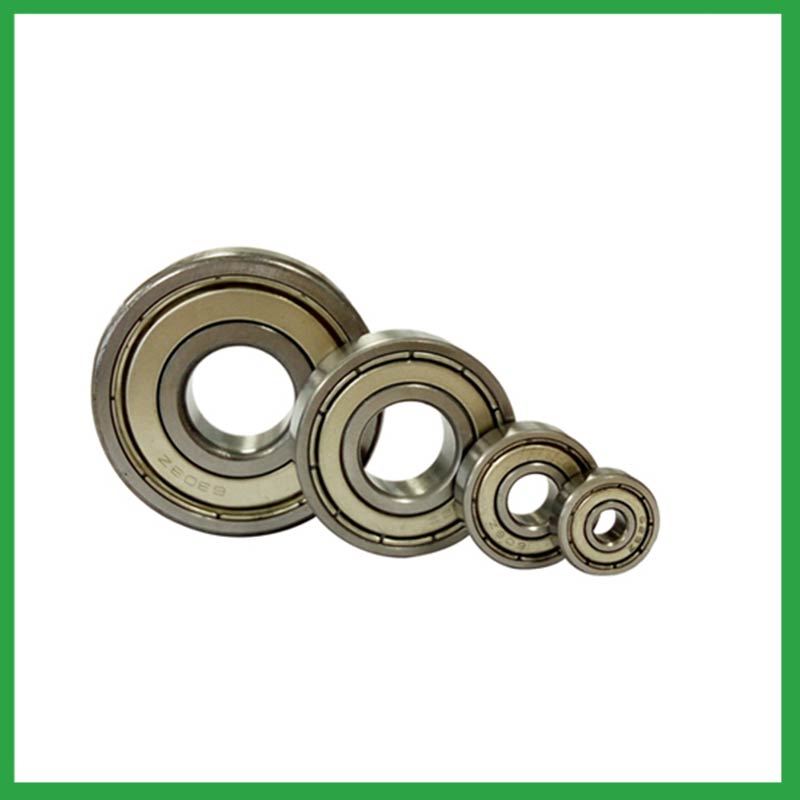
11.How do different 125 ball bearing designs, such as deep groove, angular contact, or thrust bearings, cater to specific applications?
Deep groove 125 ball bearing: Deep groove ball bearings are the most common type. They can handle both radial and axial loads. Angular contact ball bearings: Angular contact ball bearings have higher than average internal axial clearance. They can handle axial loads in one direction and moderate radial loads.

